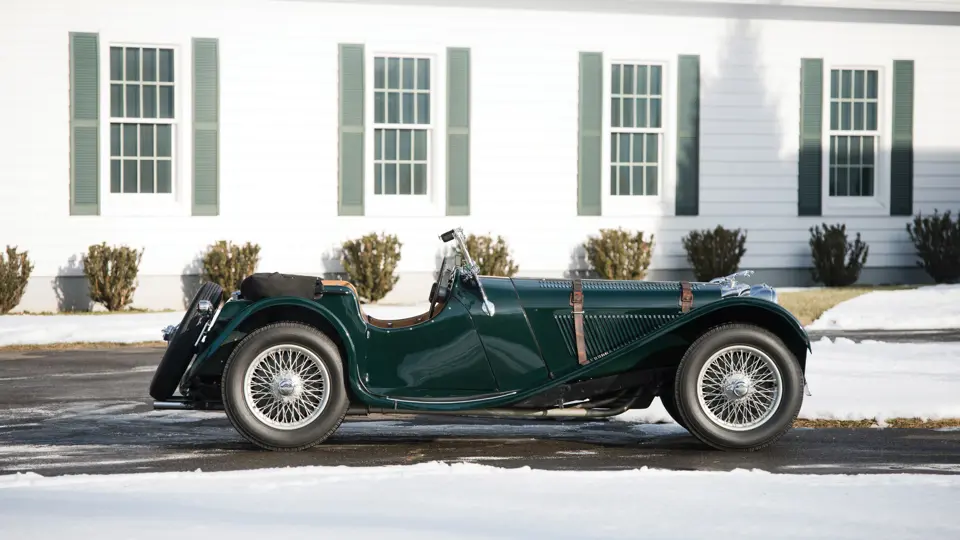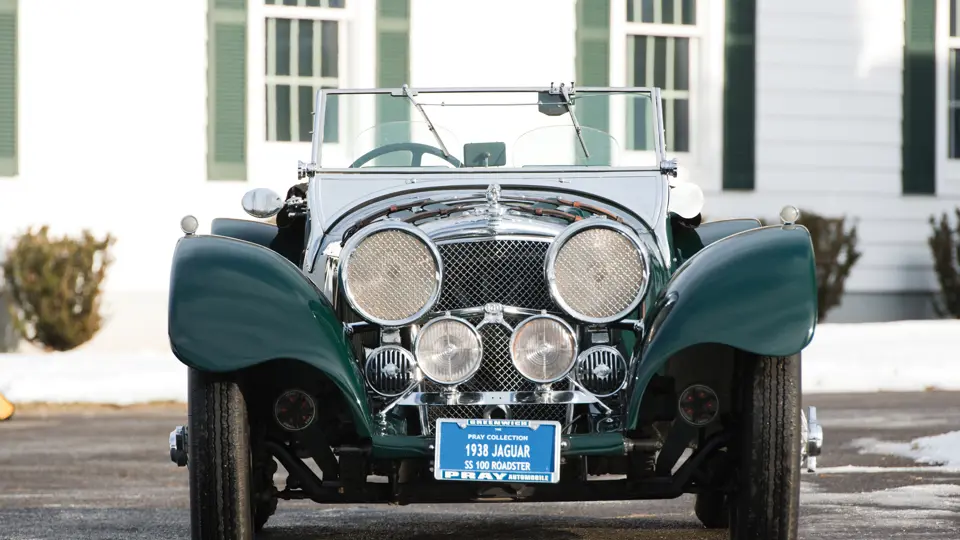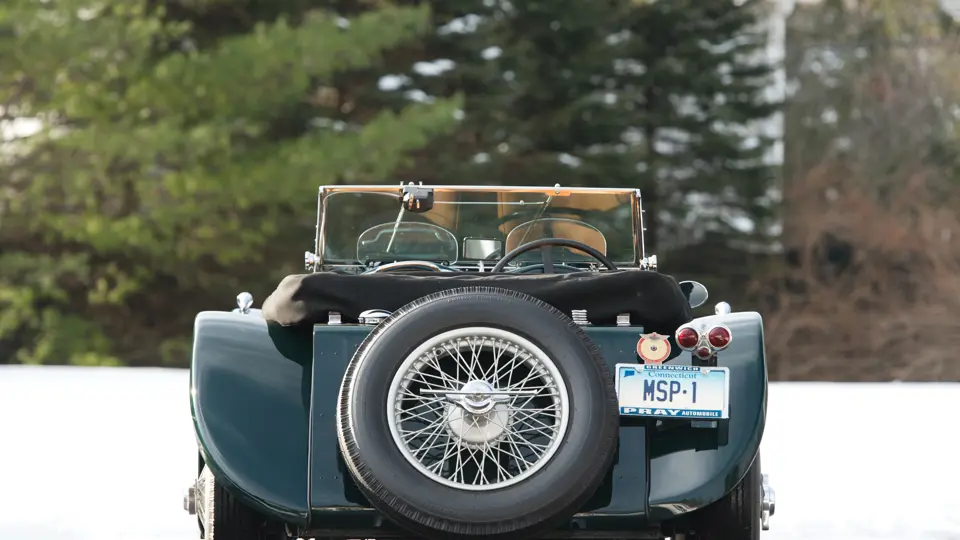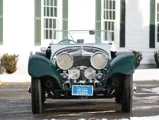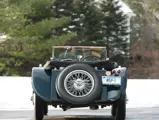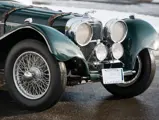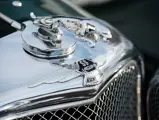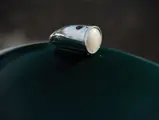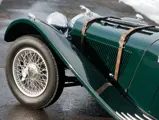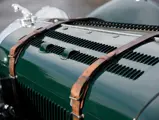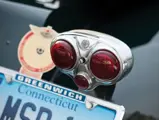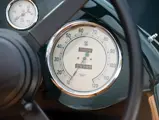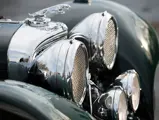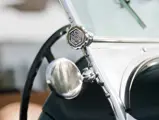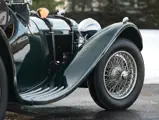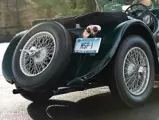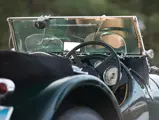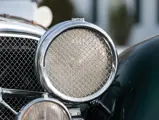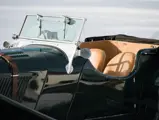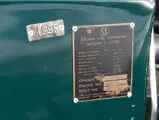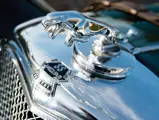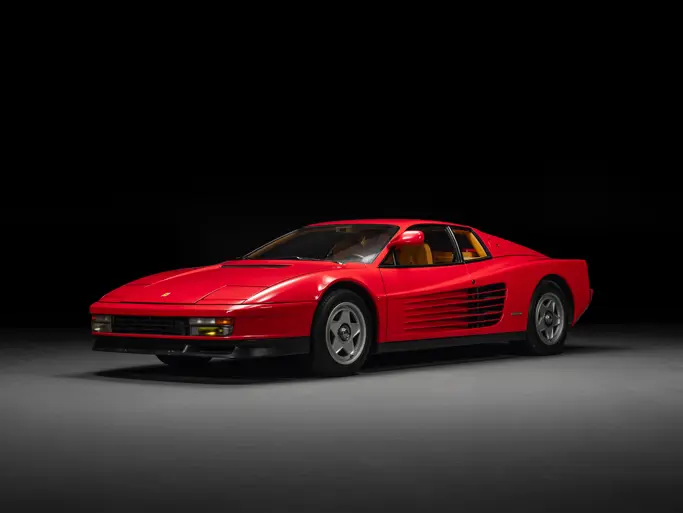125 bhp, 3,485 cc overhead-valve inline six-cylinder engine with a competition head, four-speed manual transmission, solid front axle and live rear axle with semi-elliptic leaf springs, and four-wheel drum brakes. Wheelbase: 104 in.
In 1944, a group of East Coast enthusiasts, inspired by a pre-war club established by the Collier Brothers, established the Sports Car Club of America. It is important to note that, at this time, Max Hoffman’s New York dealership, which would play cradle to virtually every post-war sports car, was fledgling. MGs had not yet begun to come stateside except in small, privately imported numbers. The founding fathers of the SCCA were racing the great cars built before the war: Bugattis, Type S Mercedes, and, perhaps most prominently, the slinky, wide-eyed SS Jaguar 100s.
As its name implied, the 100 was capable of “the magic century,” 100 mph, especially with its 3½-liter engine, which had two SU carburetors and could produce some 125 brake horsepower. Those horses were laid to the track or country road by a four-speed gearbox with synchromesh on its top three gears, and, at 2,600 pounds, the result had plenty of energy, which is why many owners chose to race or rally the cars.
Malcolm S. Pray Jr. acquired his SS Jaguar 100 in 1998, and amongst its earlier owners was renowned Vintage Racing Motors collection. As verified by its Jaguar Heritage Trust Certificate, this example started life as a 3½-liter model, although the present 3½-liter engine was installed at a later date. Importantly, the engine is equipped with a performance-oriented, bronze-coated cylinder head, which was reportedly installed by the factory only on cars intended for competition use. Both the original data tag and body tag are still present on the car; further, it is worth noting that it was originally finished in black with red leather upholstery before being delivered to its first owner, a Mr. J. M. Archer, in Scotland.
In Mr. Pray’s ownership, this car has been extensively shown. It served as the poster car of his beloved Greenwich Concours d’Elegance in 1999, and it was Best in Class at Meadow Brook in 1999, Bridgehampton in 2004, and Cranbrook in 2005, among other appearances. It is obvious that he was proud of this car, as he should have been. The body was refinished in British Racing Green during his ownership, and it presents with only light road wear, which is matched by a light stretching of the biscuit-toned seats. Equipment on this car includes Lucas headlamps, fender lights, dual fog lights, and both a folding windscreen and Brooklands racing windscreens. Naturally, as a Pray car, the SS 100 is accompanied by service receipts and documentation from his ownership.
In the early days of post-war automotive enthusiasm on the East Coast, cars such as this were those that stirred the fires in young motorists like Malcolm S. Pray Jr. Offered here is a car with fire in its belly, beauty in its lines, and an aura of times past that will continue around each curve in the road ahead.
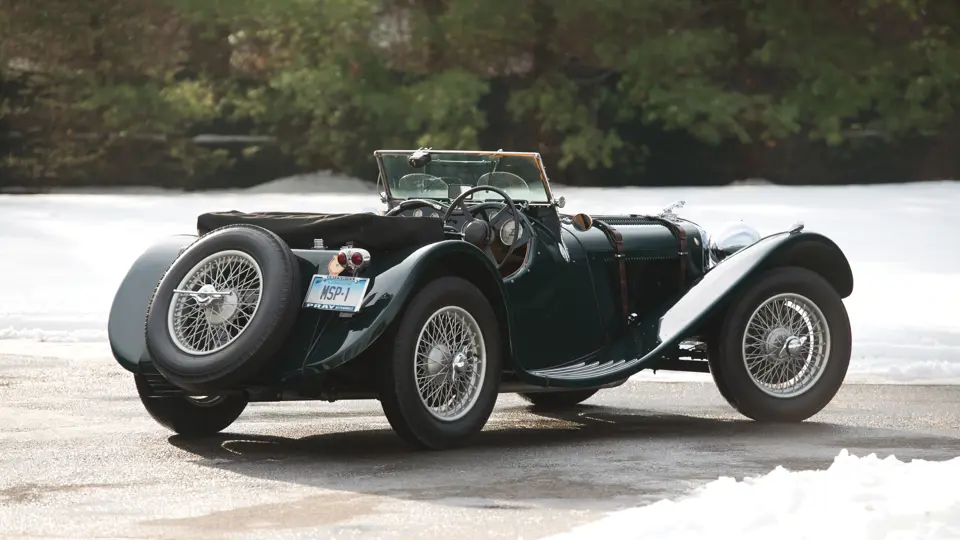
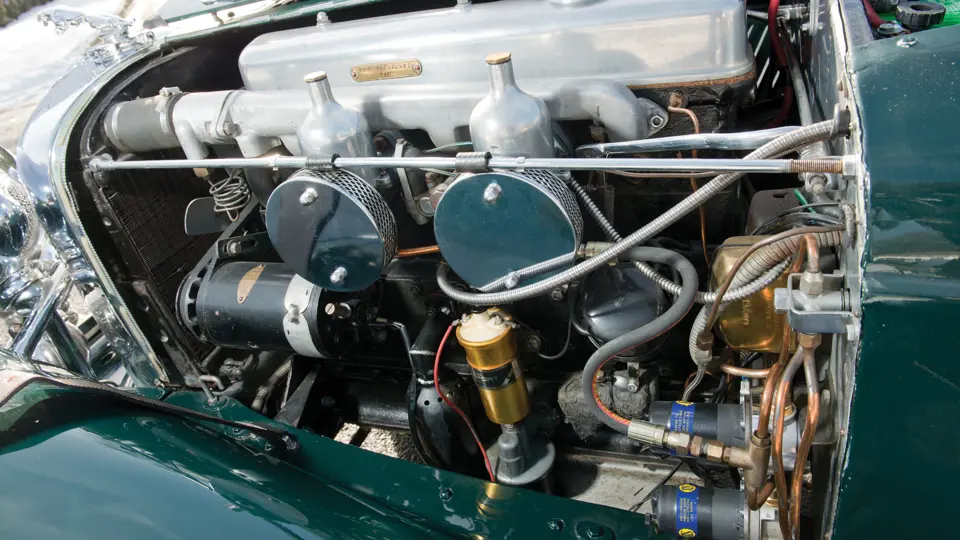


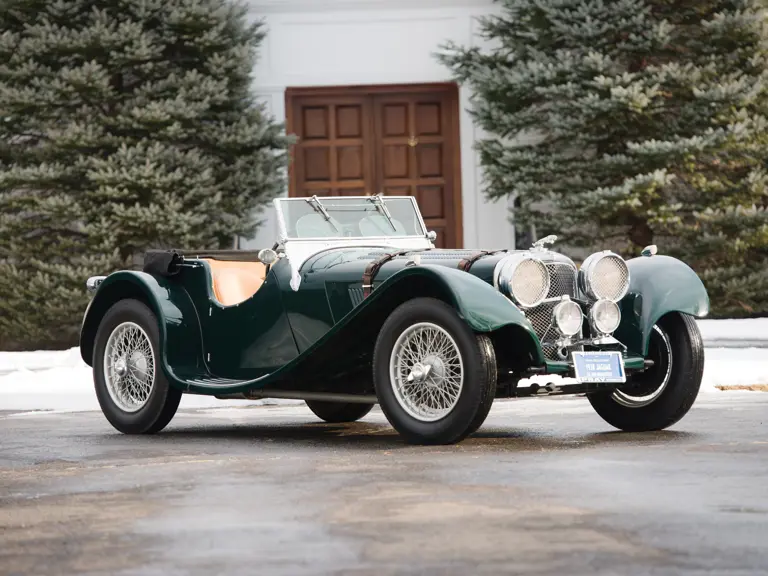
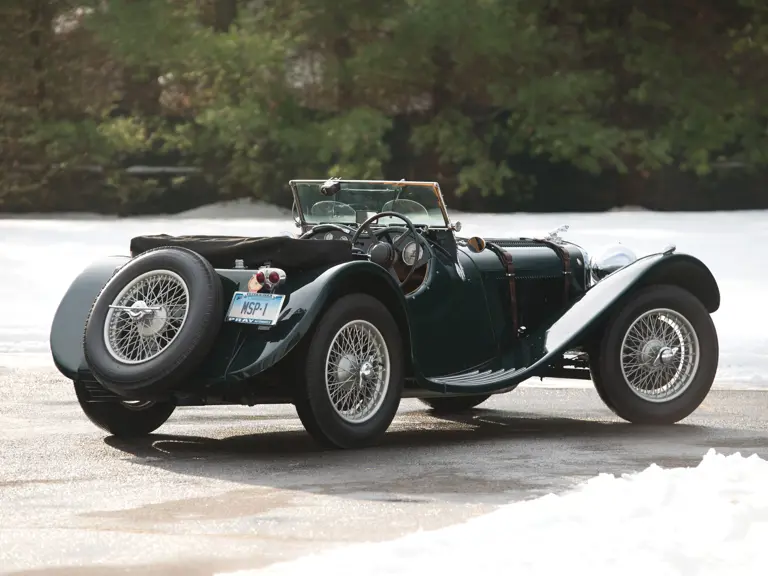
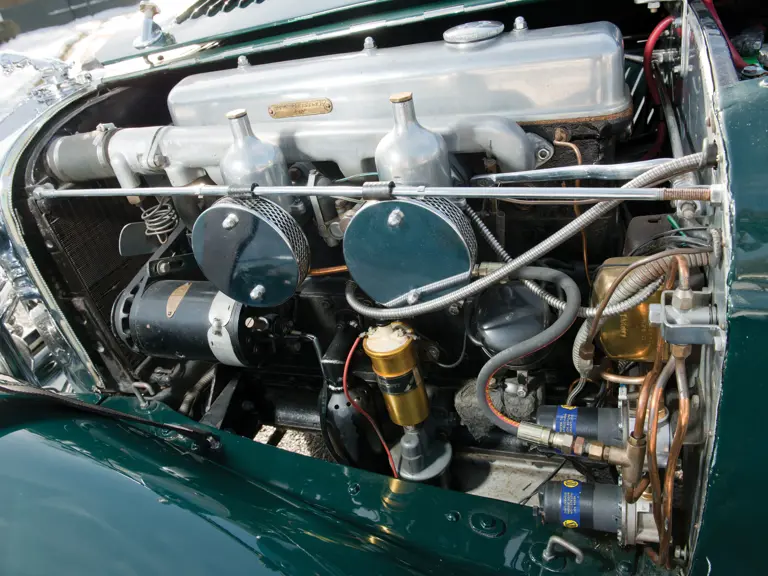
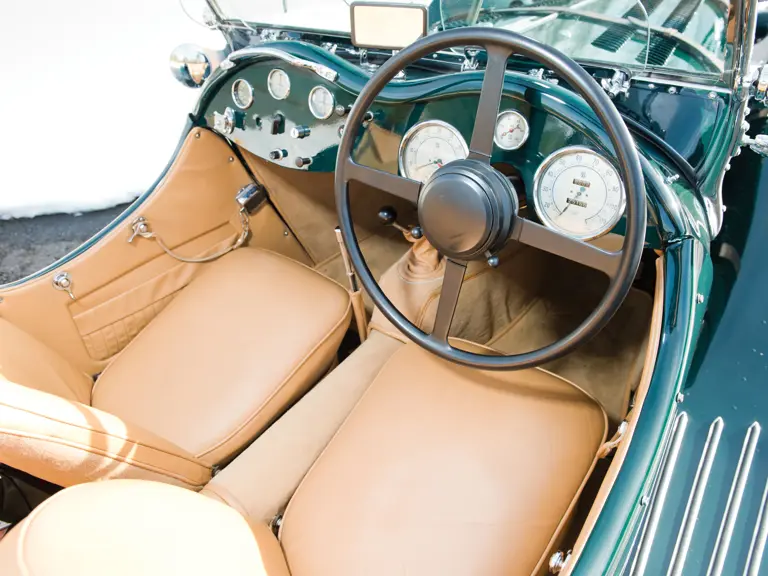

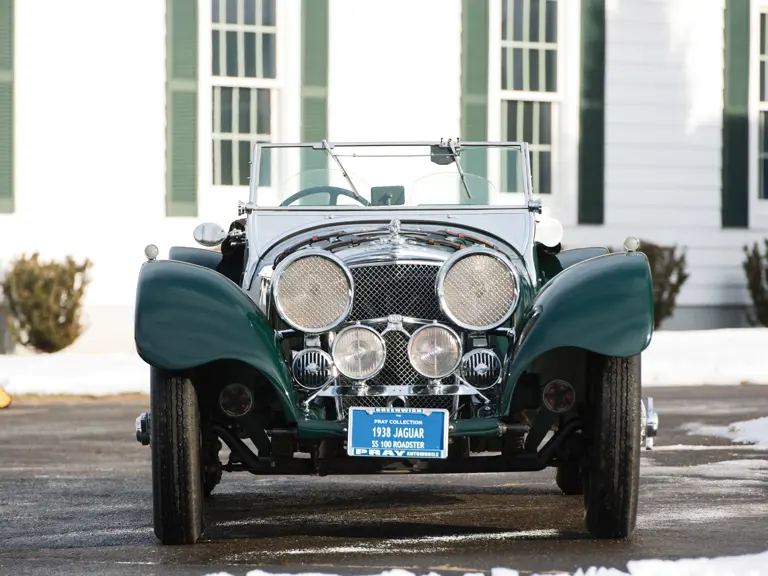
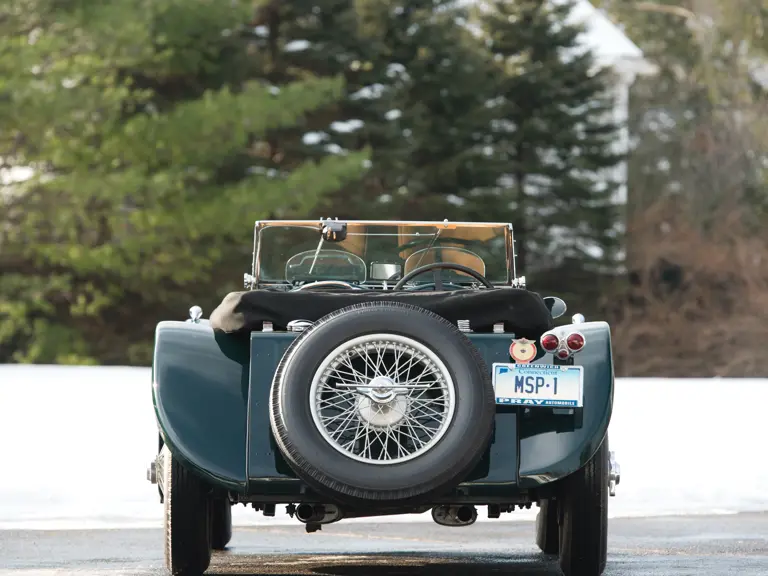
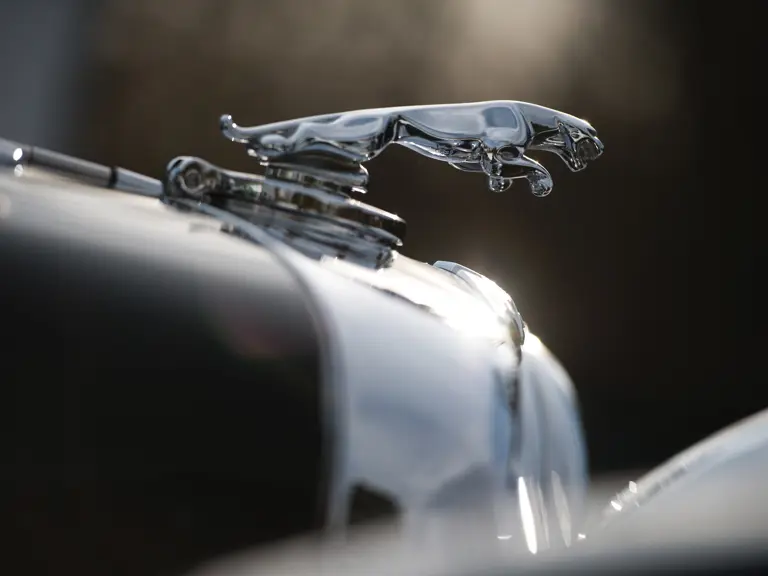


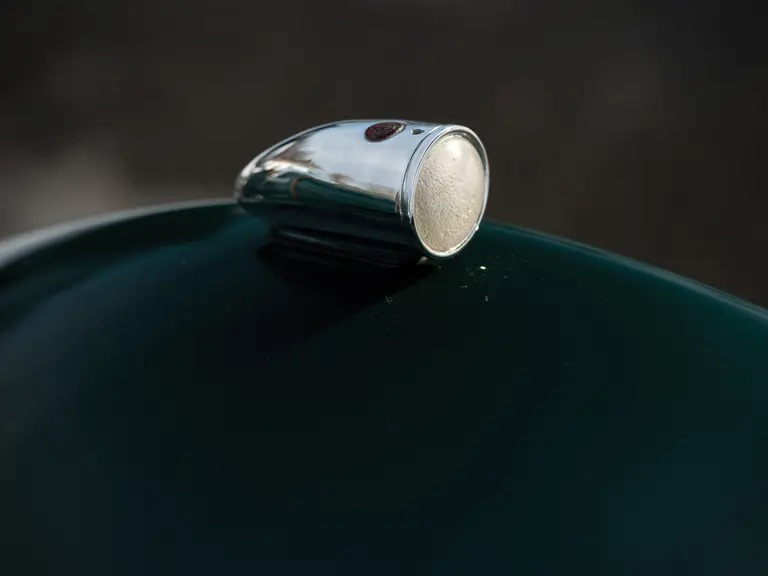

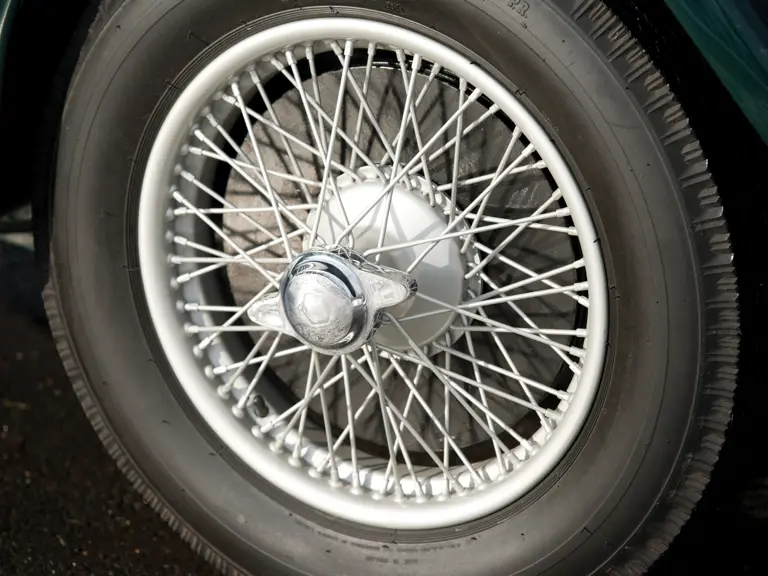
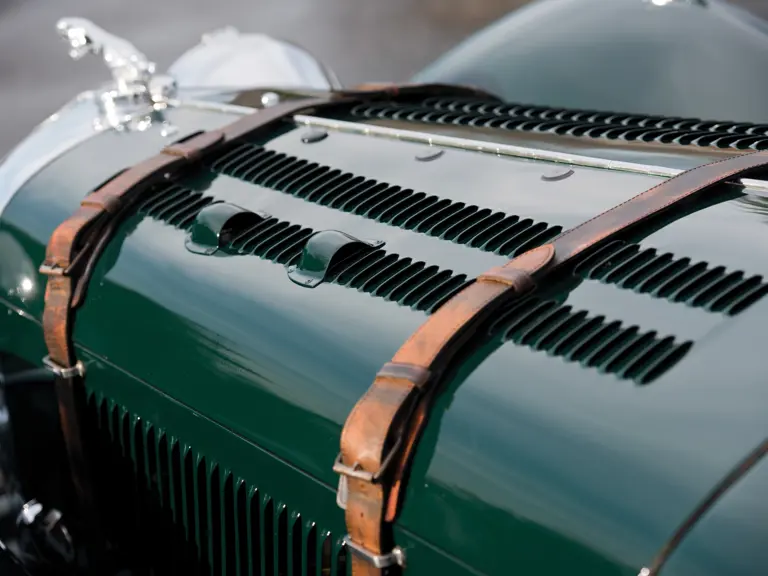
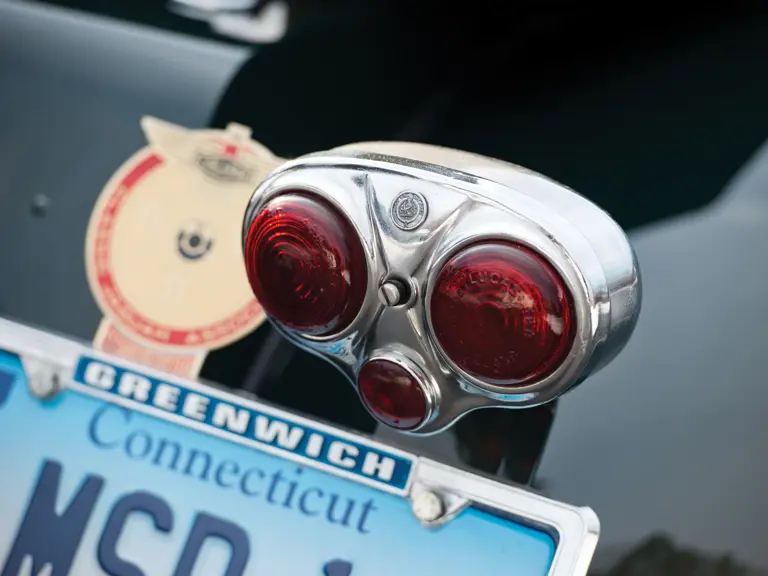
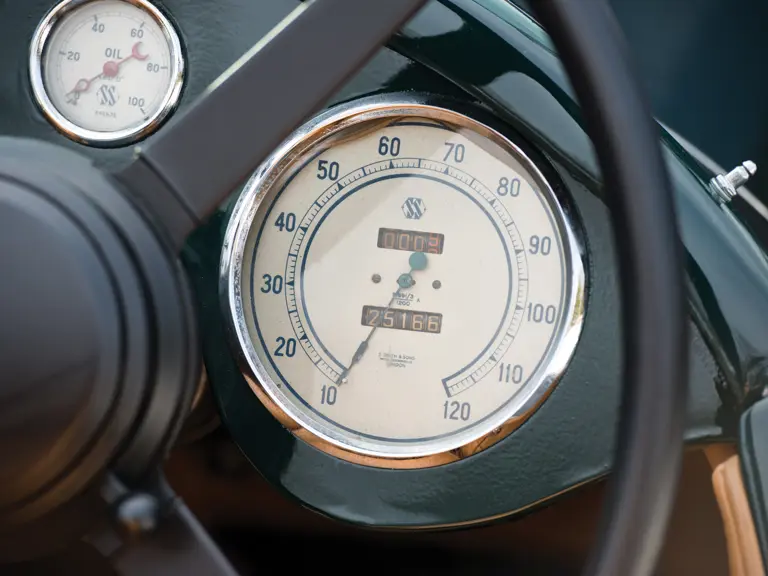
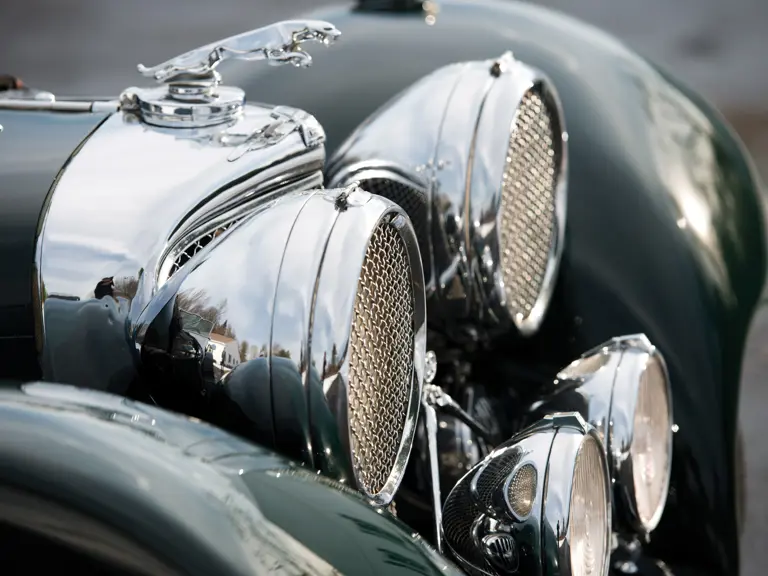
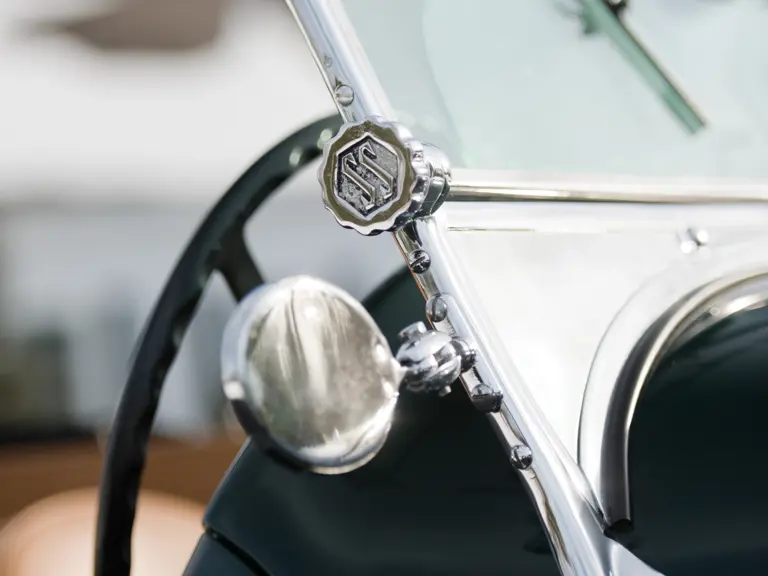
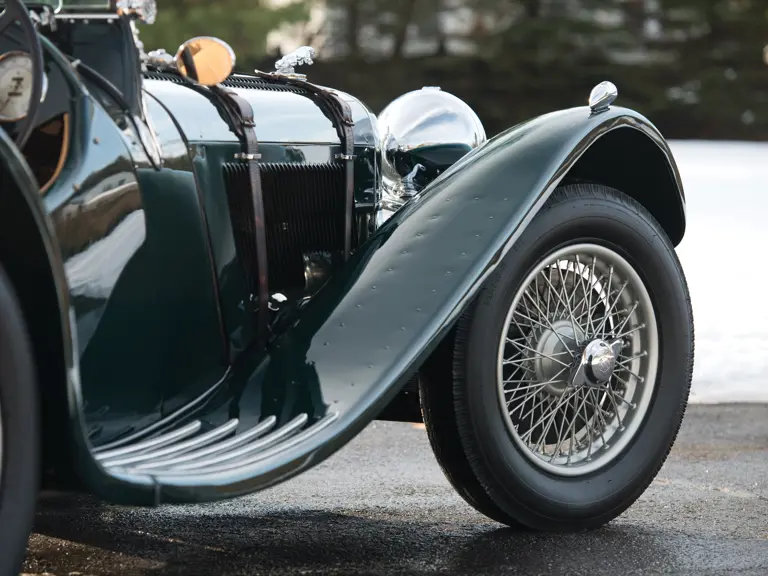
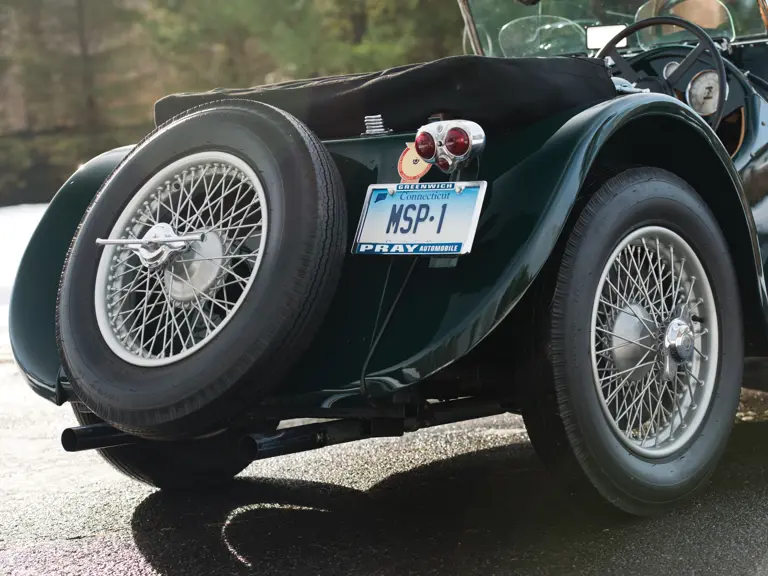
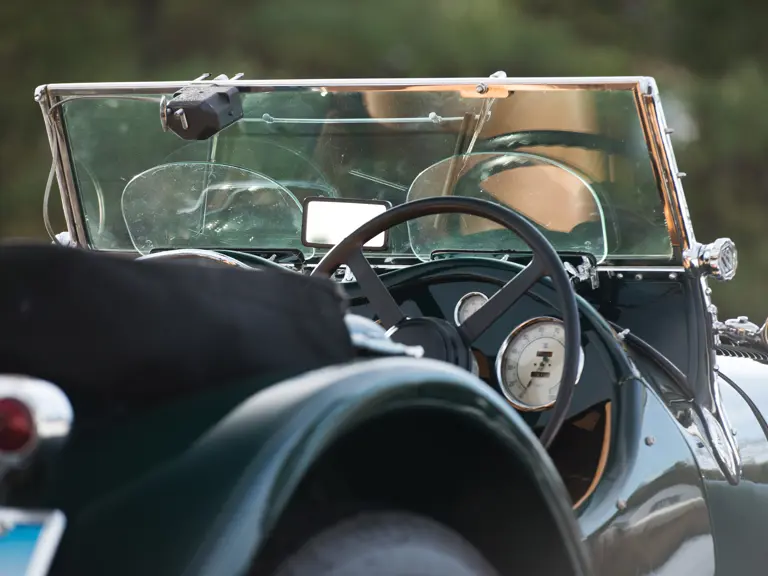

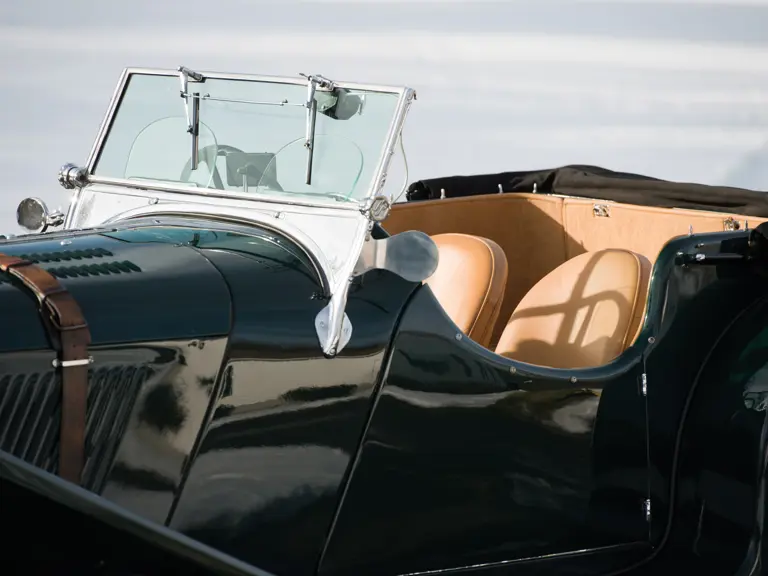
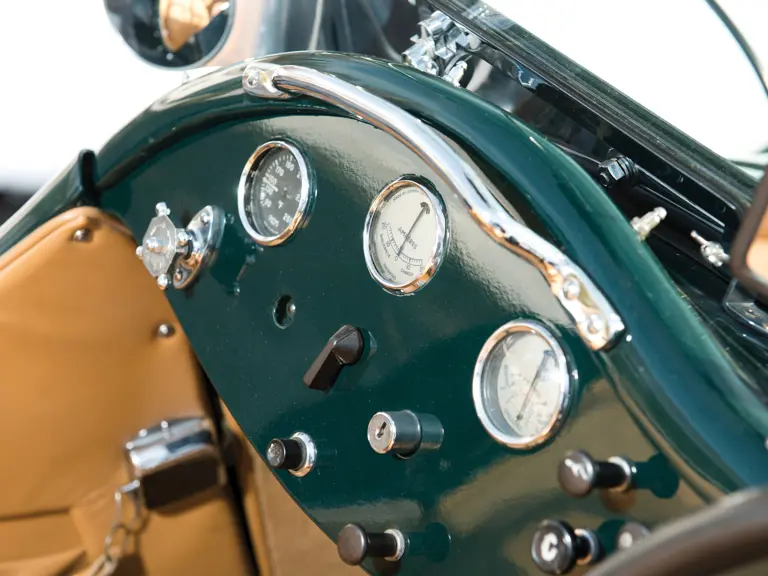
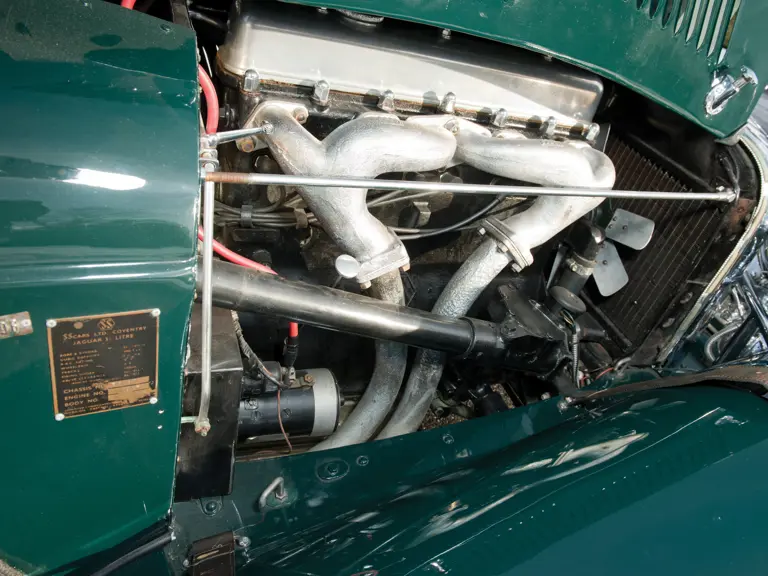
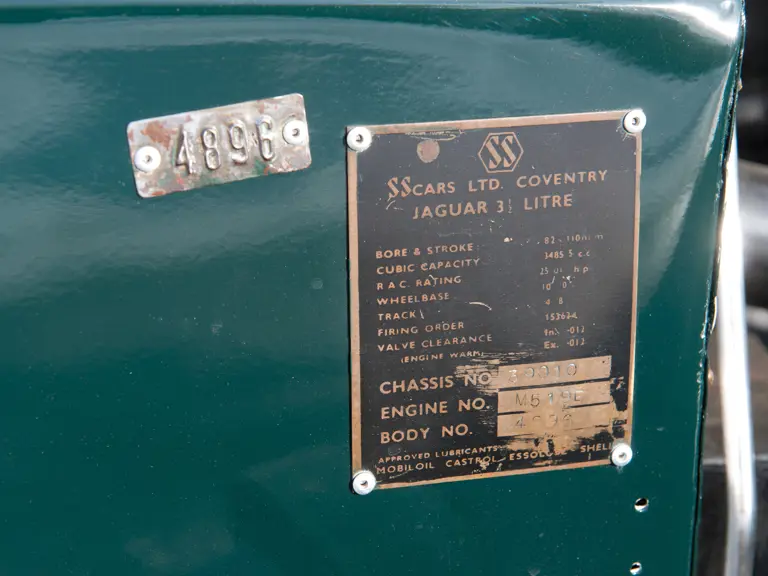

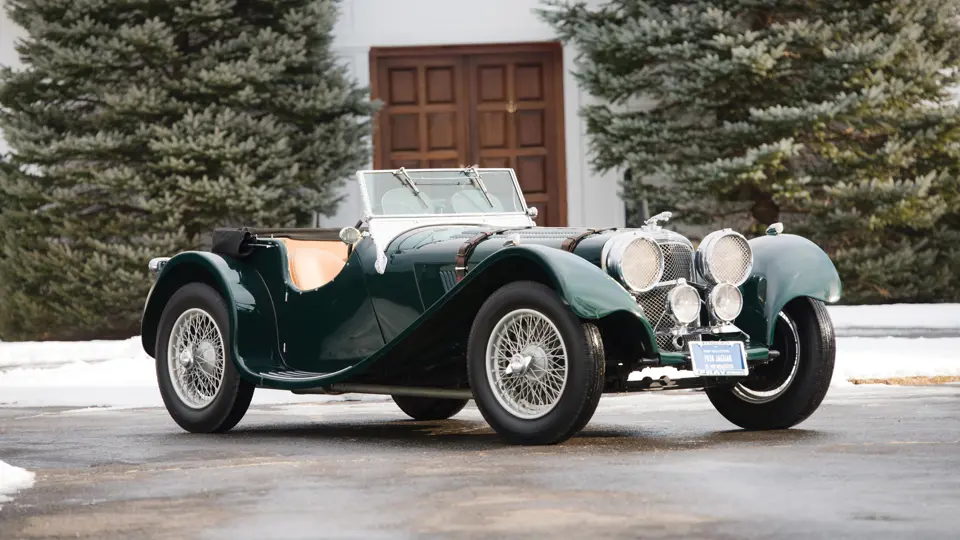
 | Amelia Island, Florida
| Amelia Island, Florida
